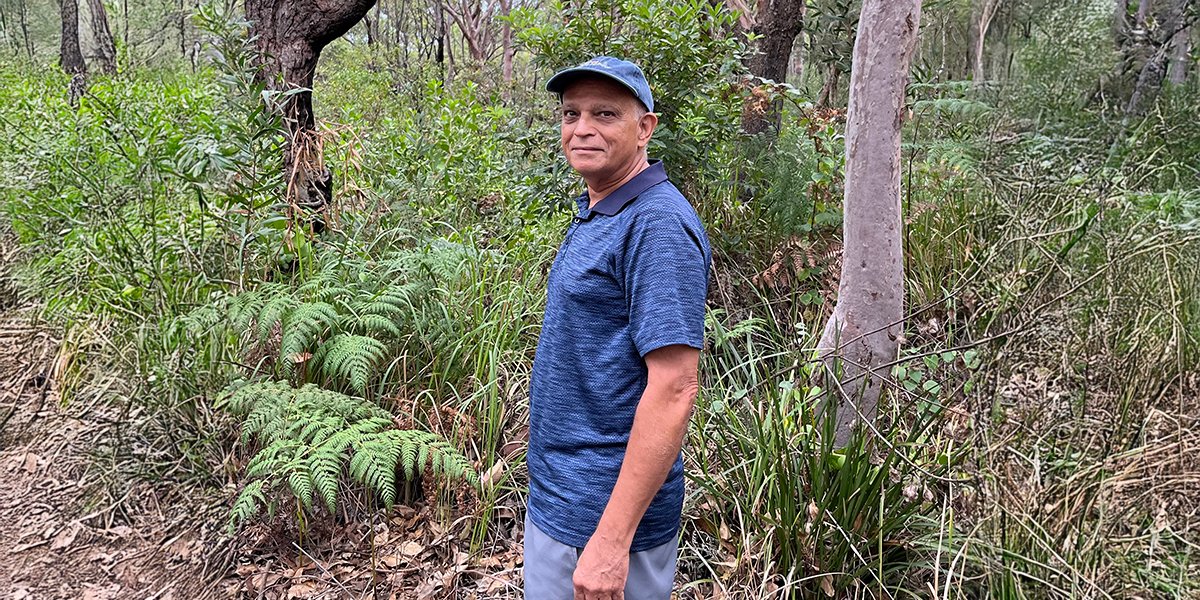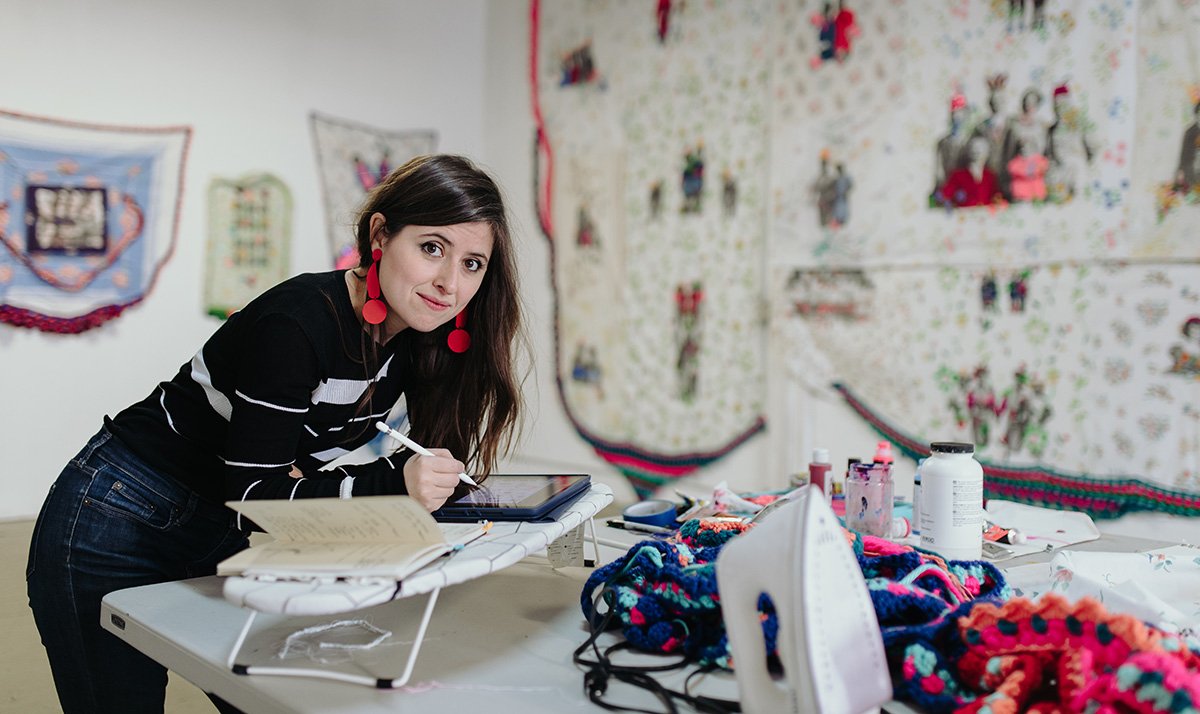Dinesh D. Dattani Inspires Young Minds with Georgio Stories and Timeless Moral Lessons

From IT Security to Children’s Fables, Dinesh D. Dattani Shares Timeless Lessons
Dinesh D. Dattani, a retired IT consultant turned children’s author, shares his journey from technical writing to storytelling, creating Georgio Stories to impart valuable life lessons to young readers.
Dinesh D. Dattani brings a wealth of experience to the literary world, transitioning from a distinguished career in IT security to the realm of children’s storytelling. As the author of Mainframe Security: Beyond the Basics, he spent decades crafting technical content before rediscovering his passion for fiction—an art he first embraced through bedtime stories for his children and grandchildren. This shift led to the creation of Georgio Stories: Morals for Children, a collection of fables set in the mythical Uhuru Forest, where timeless lessons unfold through engaging animal characters.
Drawing inspiration from classic literature and personal experiences, Dattani weaves narratives that entertain while instilling values of kindness, empathy, and resilience. His commitment to philanthropy further reinforces the moral foundation of his stories, as he works to support children’s education through the OKAS Fund. In this insightful conversation, he reflects on his journey from mainframes to morals, the inspiration behind his storytelling, and the profound impact of shaping young minds through literature.
A heartwarming collection of fables that instils moral values in children while captivating them with engaging characters and timeless narratives set in the enchanting Uhuru Forest.
From Mainframes to Morals: Your previous publication, IBM Mainframe Security: Beyond the Basics, showcases your expertise in IT security. What inspired your transition from writing technical content to crafting children’s fables in Georgio Stories?
During my IT career, I limited myself to technical writing because I believed it was easier than writing fiction. I authored some 60 technical articles that were published in various journals around the world.
Then, in 2013, I published my book, IBM Mainframe Security: Beyond the Basics.
All this technical writing gave me the confidence I needed to try my hand at fiction, which until now, was put on the back burner. This transition to fiction writing occurred near the end of my professional career.
I already had in mind what I wanted to write – children’s moral stories. It was the natural thing for me to do, because when my own children were young, I made up stories with morals in them, and they had loved those stories. More recently, I have been telling those same stories to my four grandchildren, and they, too, love them!
So, I now had the ideas and the morals for my children’s book – all I had to do was to combine my life-long passion for writing with the material I already had. The result was the publication of Georgio Stories: Morals for Children, a dream come true.
Crafting Uhuru Forest: Georgio Stories introduces readers to the mythical Uhuru Forest and its vibrant inhabitants. How did you conceptualize this setting, and what message do you hope young readers take away from Georgio’s adventures?
Uhuru means ‘freedom’ in the Swahili language. I thought this was an apt name for my mythical forest, as all the stories had morals in them, and ‘uhuru’, or ‘freedom’, added one more dimension to my desire of teaching children to have a free-thinking and positive mindset.
My forest setting provided plenty of opportunities for me to develop different animal characters that I needed for my stories – weak and strong, hard-working and lazy, small and big.
To give a timeless appeal to my stories, I made sure I did not introduce modern-day electronic gadgets or toys such as mobile phones, cars or planes in any of the stories. And the Uhuru forest was ideal for this!
I do hope that children reading Georgio Stories will pick up the important life lessons contained therein:
If you are strong, use your strength for the good, not evil; in this age of materialism, always remember the true value of a gift – it doesn’t have to be big and expensive; respect everyone around you, even those that don’t look and act like you; empathy is an important element of living a joyful life – and above all, be a good citizen!
Personal Narratives: You began storytelling with your children and grandchildren before venturing into published fiction. How have these personal storytelling experiences influenced the themes and characters in Georgio Stories?
Personal storytelling was a great learning experience. It made me aware of what worked best with young children.
For example, I quickly learned that, to hold a child’s attention, I would need to have not only adventure, but also suspense and fun in all my stories.
And, of course, I wanted to tell stories with morals in them. I believed at the time, and I still do, that giving a moral compass is a valuable gift a parent could pass on to their children.
Most of the characters in Georgio Stories are based on stuffed animals we had when my children were young. For example, we had a big brown bear whom I named Georgio. Mango the monkey, another character in my stories, was a puppet we had bought on a trip to Florida. And so on. My children played with these animals, so it was easy for them to relate to the stories.
I created specific character personalities as I went along. If I needed a wise character, then I chose an owl or an elephant; if I wanted to introduce a big bully, then a rhino or a hippo would be best. But I had to make sure the animal personalities carried over from one story to the next!
Choosing a super-hero was a challenge. I wanted to make a point about power and strength. While some authors might pick a lion or a tiger as their super-hero, I chose the modest zebra, the point being that you don’t have to be big and strong to wield power – the weaker ones can be powerful, too.
Philanthropic Endeavors: As a trustee for a charity supporting children in Africa, have your philanthropic efforts shaped the moral lessons embedded in your stories? Could you share any specific experiences that influenced your writing?
The name of that charity is OKAS Fund, registered in the U.K., and I am one of the trustees. This charity provides scholarships to needy students at our former high school in Kampala, Uganda. I studied at that school for four years. These were my formative years that have greatly influenced me later in my life.
The OKAS Fund scholars whom we support show their gratitude time and again, pointing out how grateful they are for having had an opportunity to study. At the same time, I am forever thankful to my old high school for providing me with a safe and sheltered environment in which to learn, grow, and explore the world around me. Even though I studied there long ago, I still have vivid memories of that high school.
So, there is this attribute of gratitude, of never forgetting who helped you in your time of need, that I have highlighted in one of the Georgio Stories (The Story of the Sloth).
Being one of the trustees of this charity is my way of giving back to the high school that gave me so much in so many ways in my teenage years.
Literary Inspirations: You have a fondness for classic literature. Which authors or works have significantly influenced your storytelling style in Georgio Stories, and how do you integrate these influences while maintaining your unique voice?
I have read the works of several classical authors, most notably Somerset Maugham, Charles Dickens, F. Scott Fitzgerald, Anton Chekov and Fyodor Dostoevsky.
Their writing style has had a great impact on me. In almost all cases, there is simplicity in their writing. No words are wasted, and none added for the sake of adding.
These great masters have taught me to write simply, and to the point.
As Winston Churchill famously said, “You decorate a construction, you do not construct a decoration”.
My writing style was inspired by these great ones, and In Georgio Stories I have made every attempt to write in simple terms, especially since these are stories for children! I am always mindful of my audience, in this case children aged seven to 11 years. I made sure I used words that were easy to understand.













